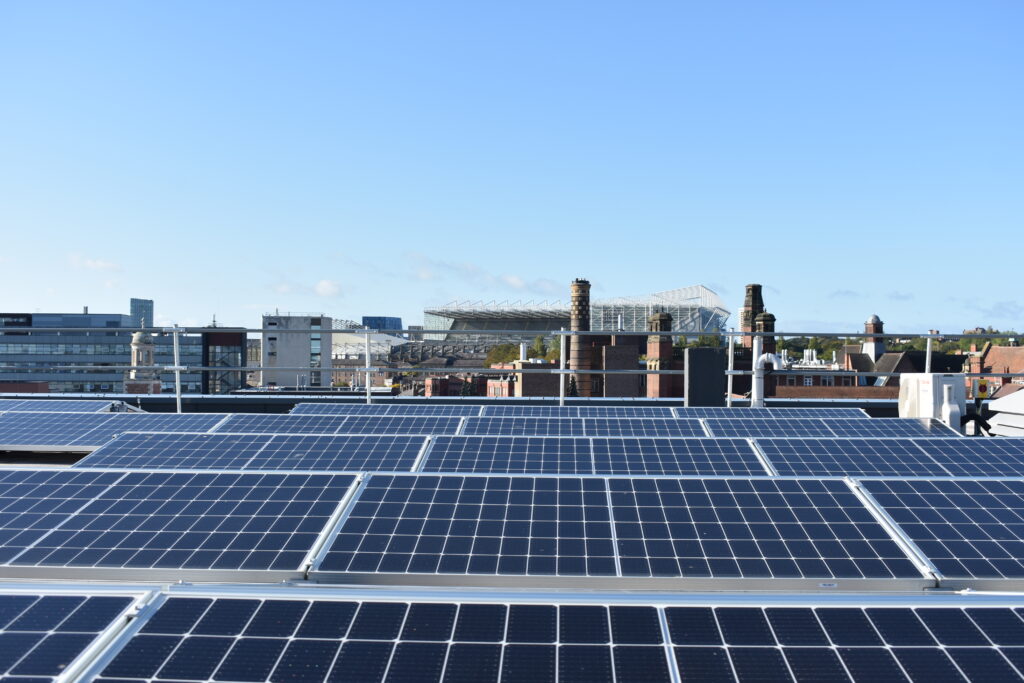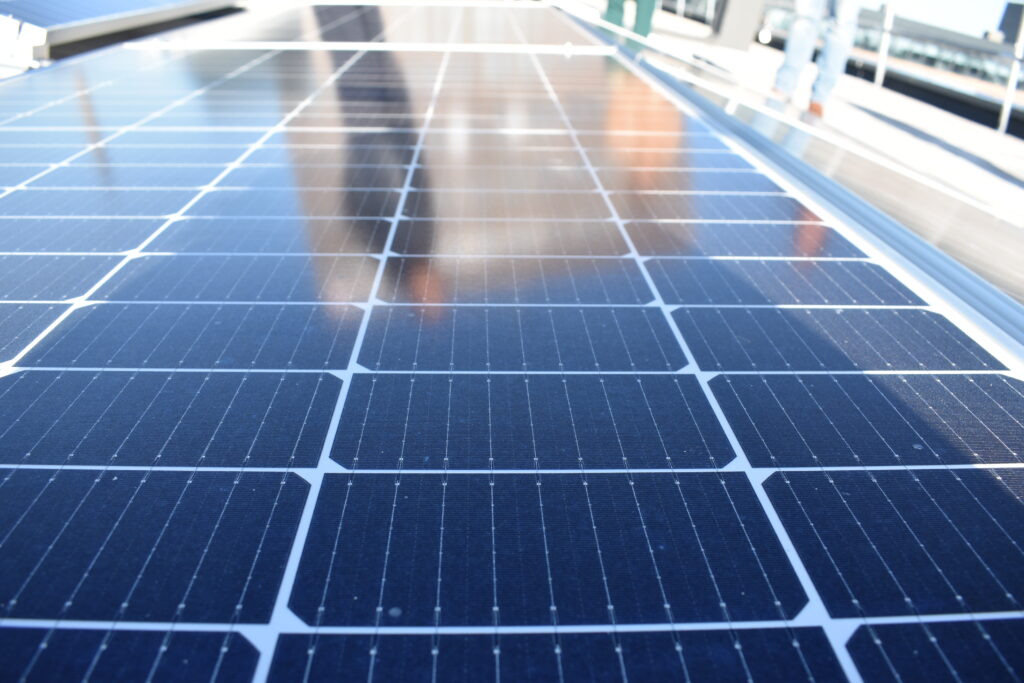There are many ways that energy is created across the world, and these are grouped into renewable and non-renewable energy sources. Non-renewable energy refers to natural sources that take thousands of years to form and produce harmful greenhouse gases when they are burned for energy. The most used non-renewable energy sources are coal, oil, and gas, also known as fossil fuels.
When fossil fuels are burned, they produce greenhouse gas emissions which trap in the world’s heat and raise the global temperature. The world is currently experiencing a climate crisis due to increased global temperature. There are numerous negative impacts that are being felt internationally due to the climate crisis, such as increased natural disasters and accelerated loss of species.
Renewable energy refers to various natural sources that replenish themselves rapidly, unlike non-renewable energy sources. Sources of renewable energy include solar, wind, wave, geothermal, tidal, and hydro-electric.
Within this post we will be outlining what solar energy is, how solar energy works, and we will explore solar energy’s presence on Newcastle University’s estate.

What is solar energy?
Solar energy is initially generated by the sun in a constant and renewable process of nuclear fusion. This energy is what lights and warms our planet during the day.
How is solar energy turned into usable power?
Solar energy can be harnessed using multiple methods, the most common method uses photovoltaic systems. Photovoltaics are used in solar cells and panels which form what is known as arrays when they are placed together in groups. Photovoltaics use semiconductors such as silicone to absorb sunlight and generate electricity in the form of a direct current. When the energy has been generated, it is then converted into an alternating current so that it can power objects within a building, which is completed by an inverter.
Why is Newcastle University investing in solar energy?
Newcastle University has invested in solar energy for a plethora of reasons. The installation of solar panels on our current infrastructure such as roof tops is relatively simple, whereas the installation of small-scale wind energy infrastructure is difficult on our campus due to the vast amount of space required. Solar energy is also scalable, the number of panels required depends on the amount of energy required by the University, as this ensures that we can generate this energy on campus instead of buying it. Solar energy is also incredibly efficient and has a medium cost level to high efficiency and production ratio, meaning it is a desirable form of energy to produce for Newcastle University’s needs.

Current use of solar energy on Newcastle University’s estate
Newcastle University currently has 13 solar arrays in a variety of sizes. The energy created by these solar arrays contributes towards the energy usage of the University. Some of the arrays on campus are made up of a few panels on smaller buildings, but we also have a number of larger arrays on buildings like King’s Gate, Henry Daysh, and the Frederick Douglass Centre.
We use a software called Solar Edge to monitor the amount of electricity being created across the arrays. The system also recognises if one of the panels becomes damaged and informs us.
Thank you for reading this post, if you have any questions please email us at sustainable-campus@newcastle.ac.uk
